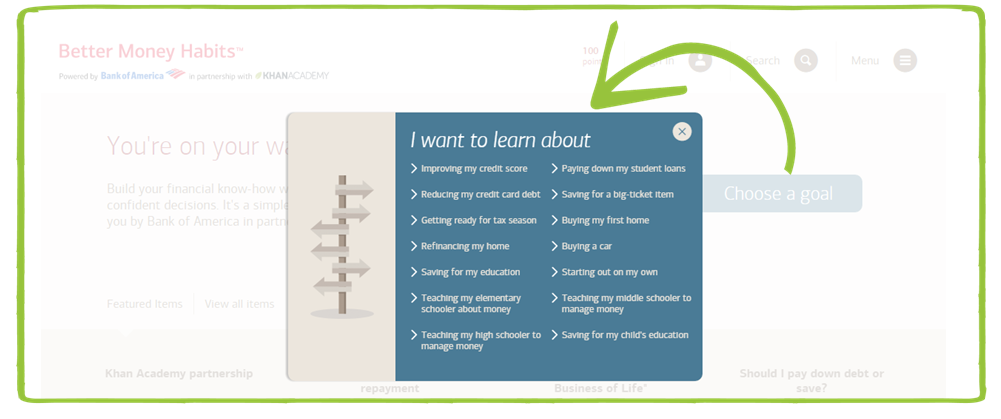Brochure websites, be gone. Interactive features are becoming the centerpiece of highly successful online marketing strategies. Just take a look at some stats Stephen Walsh and Owen Fuller shared in a recent Qzzr webinar about the power of quizzes for driving marketing engagement:
- The average quiz gets 1,900 social shares
- The top 3 quizzes from the past 10 months were shared >1 million times
- Quizzes have a 78% completion rate & 82% click-to-conversion rate
Quizzes have become one of the most popular forms of web content – fueling the success of sites like BuzzFeed, but also giving brands an interactive option to engage their target audiences.
What kind of content do your customers want to read?
The truth is that customers are more empowered than ever. Buyers are dismissing traditional sales tactics and are instead rolling up their sleeves and digging into content on the web to find out everything they can about products and services before making purchase. They want to participate in the learning process instead of just receiving information.
The 2015 Content Preferences Survey from Demand Gen found that 91 percent of B2B buyers want brands to offer more interactive and visual content for on-demand consumption. In fact, 45 percent say interactive presentations are highly valuable when researching purchases (ranking them as four or five on a scale of five).
In the webinar, Walsh and Fuller share examples of how companies have taken ideas relevant to their businesses and turned them into quizzes with real marketing value such as:
- Zenni Optical’s “You’ve Been Framed” quiz helps people pick the right eyeglass frames for their style preferences and face shapes. Once they complete a series of nine questions about their preferences, they’re given a result that links to a branded landing page where they can browse the brand’s matching selections.
- One quiz (source not named) helps people assess what kind of linguist they should be. Although it doesn’t have a link to a commercial page, it goes to show you can make an interesting quiz about almost anything. The goal was to get 1,000 participants and over 70,000 people have taken it to date.
According to Qzzr, the key to creating effective quizzes is to first find what works for your audience: Do some research to find out what people want to learn from you. Then, create a quiz with a sensational title the makes them want to click. Create an experience that makes participants want to engage with you further.
The quiz result can’t be boring or flat. It should be fun enough for users to want to share on their social media networks, but also recommend a next step (e.g. Because you got this result, you should check out our related content or products). This is where the marketing value comes into play – and why quizzes should be built with the end-goal in mind from the start. When you know what action you want readers to take at the end of your quiz, you can creatively weave those calls to action into the narrative.
Find the interactive content format that’s right for you
Quizzes are just one avenue for interactive content marketing. There are more-familiar alternatives that might feel better aligned with traditional companies.
- Interactive infographics that have been coded to engage viewers, so line graphs grow as viewers scroll past them, and charts display data once they’ve been clicked.
- Webinars with question and answer sessions during the live event, as well as audio and visual features on-demand.
- Calculators that let you enter personalized information to get estimates based on your specific needs.
- Calls to action designed to let users pick their own experiences based on their needs. Bank of America’s Better Money Habits section is a prime example of this. You can click the Choose a Goal button to view a menu about the resources the website offers. It’s a simple way to let visitors ‘pick their own adventure’ and find the products that best fit their individual needs.

No matter the route, the end-destination is the same. Businesses need to become more interactive with their web marketing. They need to let go of the brochure-model of the past, where they provide just enough information to promote their products, and expect readers to get in touch with them to learn more. The most successful brands are creating user-centric web content, and they’re giving readers a reason to interact with them.





